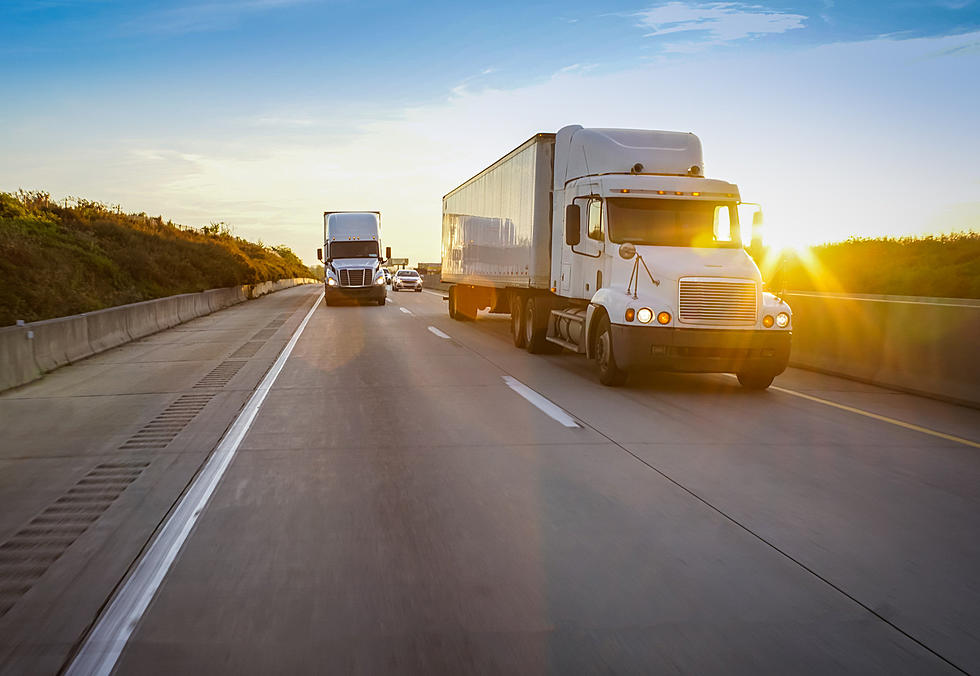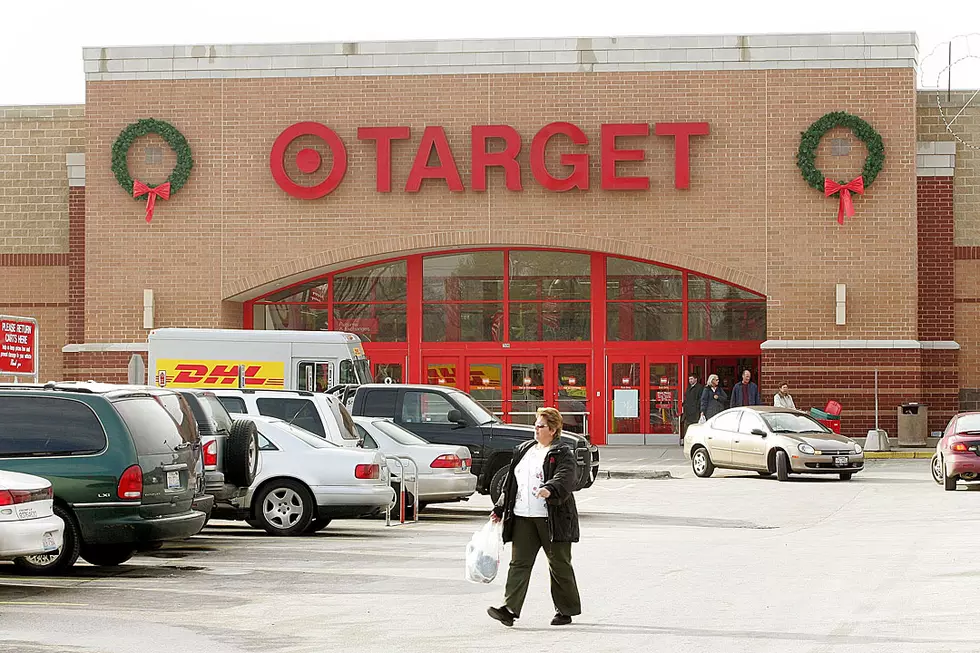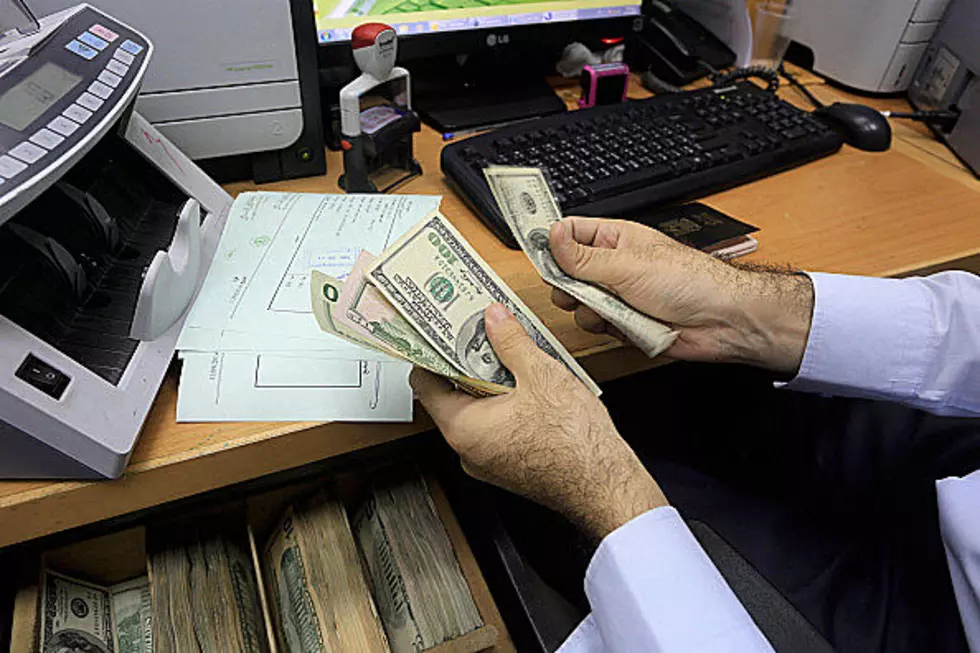
Consumers Change, Unfortunately Business Doesn’t
One of the things that has always amazed me is how quickly the general public adapts to economic changes, but for the average retailer, its business as usual. Earlier in the year, gas prices approached, and in some areas of the country exceeded, $5.00 per gallon. It didn’t take long for consumers to react because they felt the pinch in their wallets immediately.
Business on the other hand was slow to react to the increase. They were more focused on how it would affect their bottom line. Instead of focusing on how they were going to keep a steady flow of customers coming in the front door, they were busy raising prices to cover the increases. I know the bottom line can’t be ignored, but without customers, there is no bottom line.
What did consumers do during that period? They took shorter trips; they carpooled, they consolidated errands and became more efficient travelers.
What could business have done?
For starters let’s look at the examples I sited above.
- Shorter trips; you could advertise the advantages for your customers to shop your satellite stores in the suburbs. Or hype your delivery service.
- Carpooling; make it a benefit for a carload of shoppers to hit your stores instead of one customer. Advertise a carpool, gas saver special or shop with a buddy coupon.
- Consolidated trips; where do people have to drive? School, work, doctor, grocery store, just to name a few. Are you a one-stop shop? Save gas, shop here.
Is Change Permanent?
In my opinion, the biggest unanswered question is – when gas prices came back down, did consumers continue their good driving habits, or did they go back to driving as they did before the gas increase? My guess is a good share of reformed drivers developed some money saving habits paying $5.00 a gallon and decided they could still save at $3.50 a gallon by maintaining the same behavior.
Now, the next question is… who lost customers, and who gained, due to the changes in driving habits? Customers may have changed to a grocery store closer to home, even if the prices there might be a little higher. Customers may have done more shopping closer to work than to go to their traditional stops closer to home. The point is, when customer routine is altered, there’s a good chance it’s going to affect you too.
Other changes that affect customers
In 2009, the Fair Credit Reporting Law went into effect. Consumers are no longer comfortable with increasing their personal debt just because they feel they can afford the minimum. In 2009 customers began retiring debt at a fantastic rate.
Customers are also beginning to look at products and services from a, “do I want it” to a, “do I NEED it” point of view. It’s no longer a case of, can I afford it, as much as, does this purchase make sense now?
Online buying
One of the biggest threats to main street businesses is the emergence of the Internet into mainstream America. Every year, more and more people are comfortable buying products online. In many cases prices are less, shipping might be included and the customer can compare many brands, and features, while sitting comfortably in their La-Z-Boy.
I personally feel most people would prefer to shop locally and support their local retailers, but the retailer has to assume some responsibility to make that customer confident that there is more to a purchase than just price.
Unemployment
At this writing the national unemployment rate stands at 8.2%, while here in Montana, where I am, it’s a little over 6.5%. In December of 2009, housing had its worst month in 40 years. Here in Bozeman, Montana it was the best December in home sales in four years. The point I want to make here is that just because it’s on the front page of the New York Times doesn’t make it that way everywhere. And how will your customers know?
If your area is doing well you need to make sure your customers know that. Jobs are not the problem in the US. Customers, or lack of them, are the real problem. When customers see positive signs of a good economy they are more likely to open the purse strings. When that happens job losses will slowly be reversed.
People have not stopped buying. The question is… how to get them to buy from you. Step outside your four walls. There are events that are affecting your customers every day and you need to be aware of them and become a safe haven for them to do business with.
More From KMMS-KPRK 1450 AM









